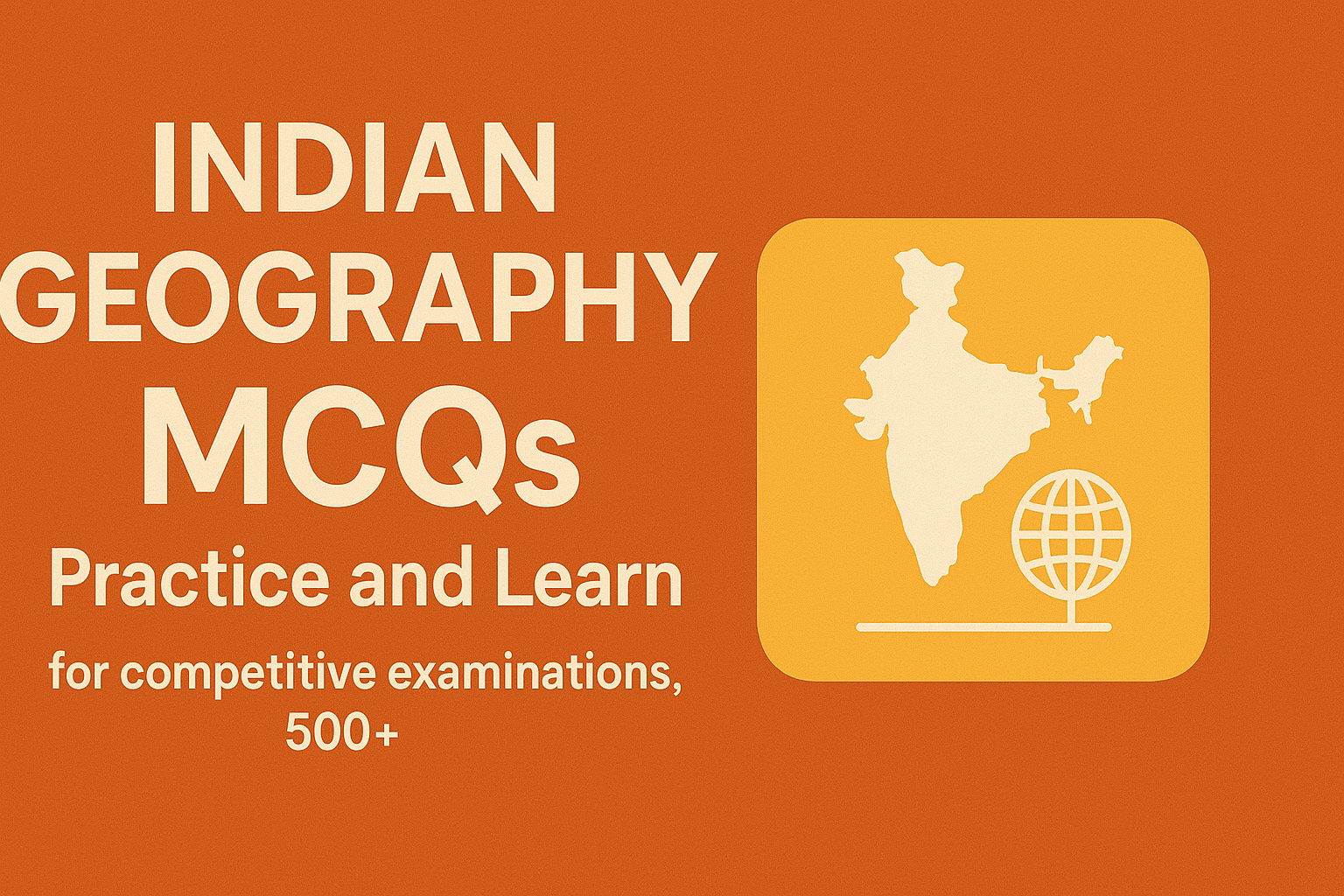
MCQ on Indian Geography
In Madhya Pradesh, what is the local name for the primitive form of cultivation also known as 'slash and burn' agriculture?
How do the Himalayas influence India's climate during winter?
Based on the Köppen system, which of these is NOT one of the six major climatic subtypes hosted by India?
The heat zone lying between the Tropic of Cancer and the Tropic of Capricorn, which receives maximum heat, is known as what?
In which layer of the atmosphere do meteorites typically burn up upon entering from space?
In which layer of the atmosphere do most weather phenomena like rainfall, fog, and hailstorm occur?
Which is the only large river in the arid region of the Thar Desert?
National Waterway No. 2 (NW-2) facilitates inland navigation over a length of 891 km on which river?
Which is the highest lake in India, according to the sources?
The two headwaters of the Chenab River, Chandra and Bhaga, originate near which mountain pass in Himachal Pradesh?
